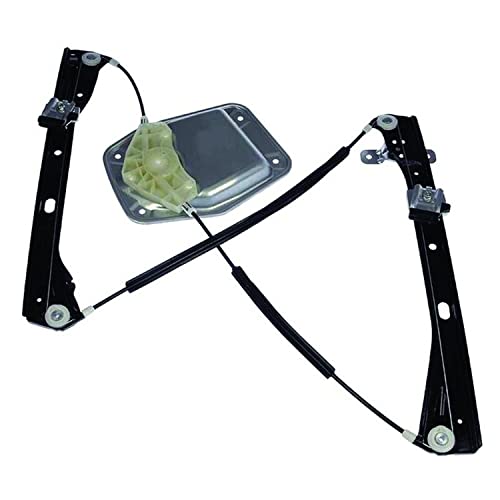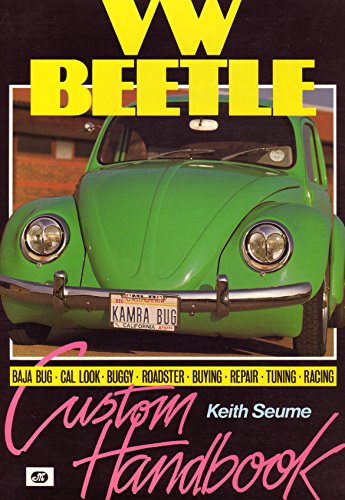matt-me
Well-known member
http://forum.earlybay.com/viewtopic.php?f=4&t=22589&p=197730&hilit=ICT#p197730" onclick="window.open(this.href);return false;
Following on from the above thread, I had ICT's fitted a while ago and am pretty happy with them.
BUT, I am finding that after running for about 20mins/half an hour, when i sit at idle at say traffic lights and then go to pull away I produce a cloud of white smoke. This will happen only once in a while, and only generally happens when you pull away from a stop, at say traffic liights, after you have been driving. It doesn't always happen and you can go on a run for about an hour, mixed driving conditions, without it happening at all. When a friend had been following me he has noticed a slight petrol smell, so initial thoughts are it could be running rich.
I have read on a link (Redline) to an ICT set up guide about 'Lean best idling' procedures. It reads 'at times it may appear to be showing signs of richness or flooding but it is really a lean condition'. Which suggests the jets need looking at, hence the link to above.
Does anyone know anything about this? Or could it be something to do with the fuel pump.
My simple thoughts are that when travelling from speed to stop, but idling, there is an excess of fuel which doesn't burn and builds up, then once it clears, it is fine for a while before it happens again. Does that make any sense?
Any thoughts kind people? I would like to get it right in my head before i take it to a specialist, which i will be doing sometime very soon.
Thanks Al
Following on from the above thread, I had ICT's fitted a while ago and am pretty happy with them.
BUT, I am finding that after running for about 20mins/half an hour, when i sit at idle at say traffic lights and then go to pull away I produce a cloud of white smoke. This will happen only once in a while, and only generally happens when you pull away from a stop, at say traffic liights, after you have been driving. It doesn't always happen and you can go on a run for about an hour, mixed driving conditions, without it happening at all. When a friend had been following me he has noticed a slight petrol smell, so initial thoughts are it could be running rich.
I have read on a link (Redline) to an ICT set up guide about 'Lean best idling' procedures. It reads 'at times it may appear to be showing signs of richness or flooding but it is really a lean condition'. Which suggests the jets need looking at, hence the link to above.
Does anyone know anything about this? Or could it be something to do with the fuel pump.
My simple thoughts are that when travelling from speed to stop, but idling, there is an excess of fuel which doesn't burn and builds up, then once it clears, it is fine for a while before it happens again. Does that make any sense?
Any thoughts kind people? I would like to get it right in my head before i take it to a specialist, which i will be doing sometime very soon.
Thanks Al
































